New Seabed Classification Software Launched
Coda Octopus has released the beta version of its software package for automated seabed classification. Integrated within the Survey Engine range, the software automatically interprets users' sidescan sonar data to detect and classify different seabed types.
The seabed classification module uses AI (artificial intelligence) based methods to detect and classify seabeds in both type and geopgraphical extent from sidescan sonar data. The extent boundaries are instantly visible to the user for validation and QC and can then be exported for use in chart and map generation, direct import to the users chosen GIS platform, or for further processing. Within Survey Engine, the seabed type boundaries are stored using our powerful GeoKit feature set allowing them to be manually edited, reported or supplemented if required. The boundary generation process automatically creates nodes in a way that avoids any gaps between adjacent seabed types which is vital for contiguous segmentation and reporting. Our software also displays closed boundary areas as colored polygons helping to identify and distinguish these seabed types, particularly useful to visualize those areas completely surrounded by other seabed types.
With this new fully automated Seabed Classification software, users can now save valuable interpretation and reporting time when generating charts or maps in support of their geophysical survey projects. Ideal geophysical survey applications include site and geohazard investigation in support of pipelay, jacket and riser installation or subsea cable laying operations. For example, ripples in the seabed that alert operators to strong and potentially dangerous currents, can now be more quickly and more repeatably identified for better decision making. Environmental applications will greatly benefit from the automated classification over large area surveys of differing and varied seabed types.
Currently, Seabed Classification Beta is programmed to recognize six different types of seabed compositions. This Seabed Classification package is fully extensible and specific types can be added on request.

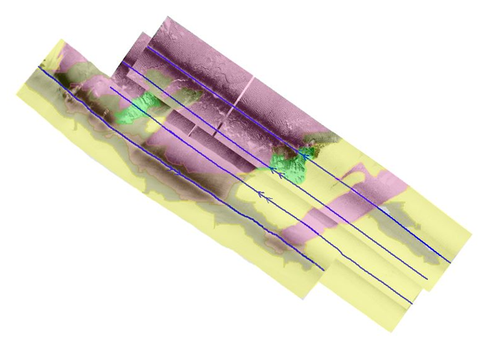
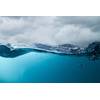
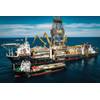


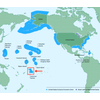
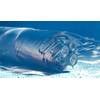








 February 2025
February 2025



